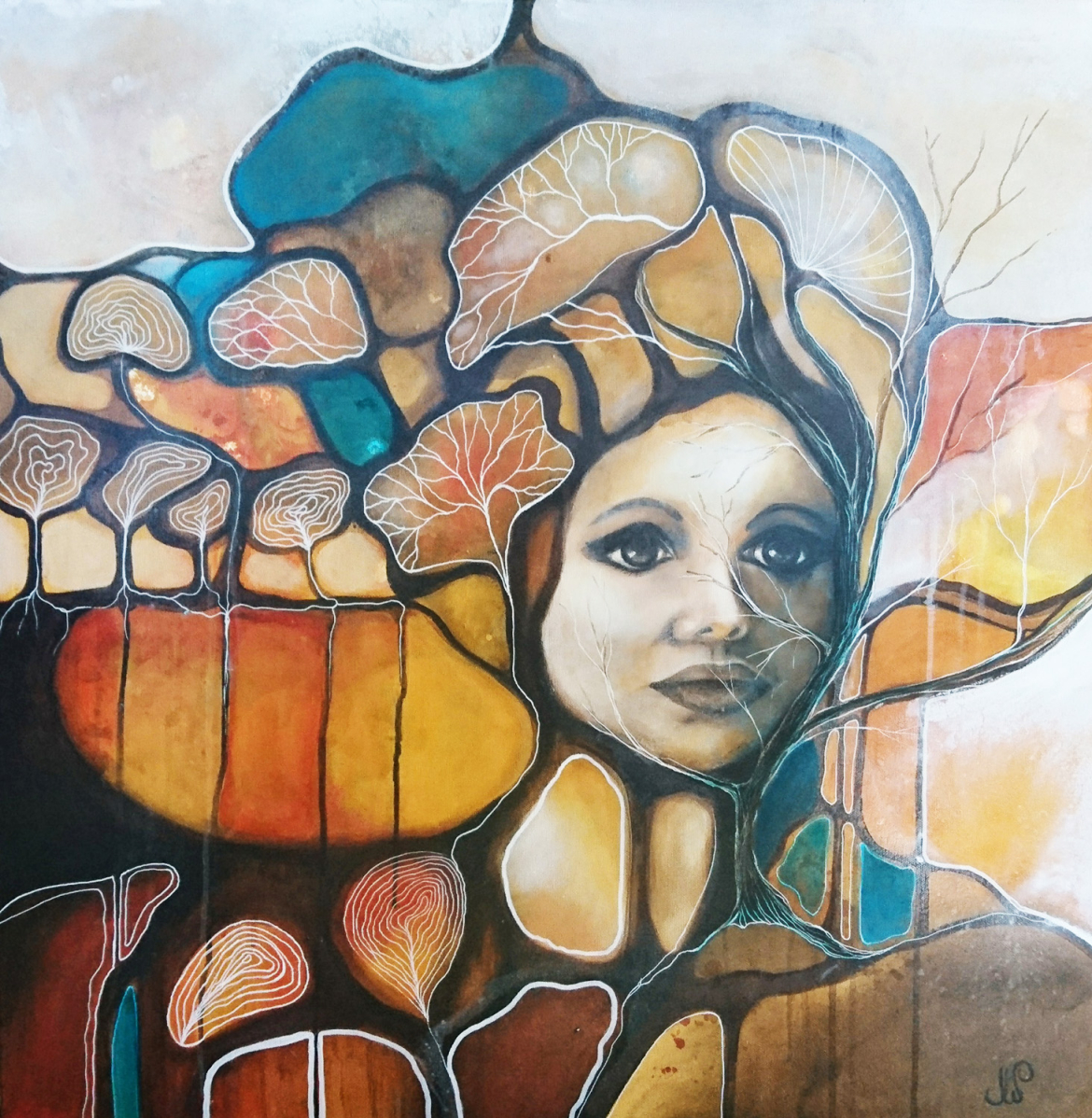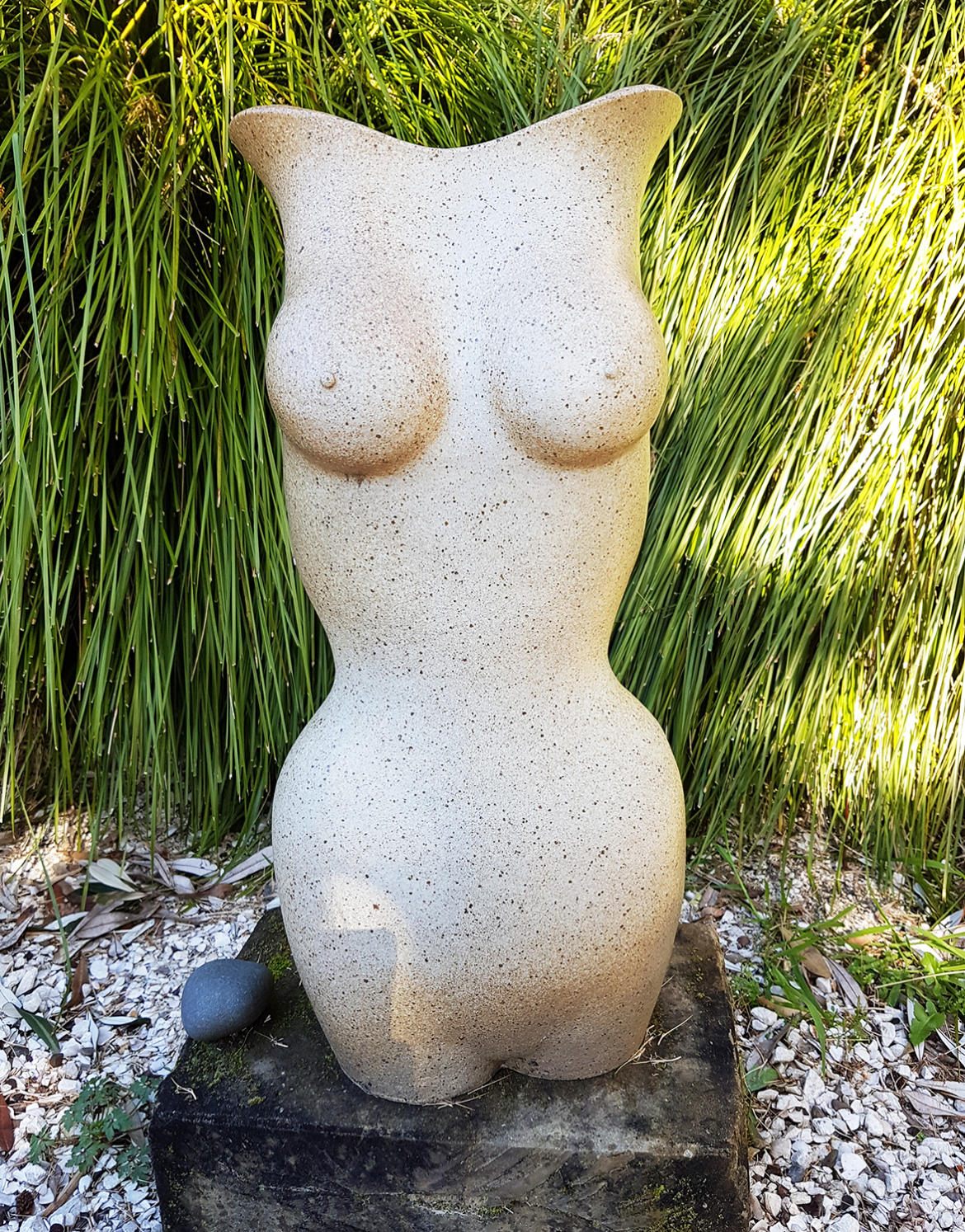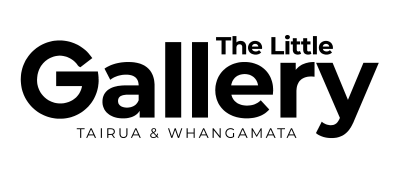Go Figure: A Study of Five Figurative Artworks
- 19 August 2017
- Sarah Holden
Artists have always taken an interest in the endless possibilities for depicting the human figure. While the 20th century and the advent of Modern Art movements saw a turn away from representations of the figure towards pure, formalist concerns, in more recent times the figure has asserted its place back into art, whether in realistic or abstract interpretations. We study a few of the latest figurative artworks by our artists at The Little Gallery!
'Where Are They Going, What Are They Thinking?' by Paula McNeill

At first glance Paula McNeill's painting may look like a simple abstraction of colour and pattern. Looking closer, one sees the tiny silhouettes of wandering figures dispersed across the surface, revealed in the paint through the scraping back of layers. Deceptively minimal, the work slowly draws the viewer's eye to travel around the composition. Paula encapsulates the sense of chaos or alienation one experiences when in amongst a crowd, further enhanced by the sweeping, gestural strokes of cobalt blue in the painting's base layers. The title 'Where Are They Going, What Are They Thinking?' places the viewer in the position of a distanced bystander, captivated by the individual processions of the crowd-goers. The cool, wintery suggestion of a landscape adds to the melancholic atmosphere of the work, and through avoiding direct references, alludes to the universality of experience.
'I Am One' by Julie Whyman

Julie Whyman's work examines humans' connection to the natural, be it in the form of landscapes, birds, or the aura of colours and textures. 'I Am One' continues this exploration, depicting a female figure intertwined with an abstracted landscape. We imagine she is a 'Mother Nature' persona. The serene-faced body of the figure is formed from the earth and roots, alluding to growth, renewal and the passage of time. Julie's blending of warm, earthy amber tones gives the work a sense of energy that is simultaneously empowering and soothing. 'I Am One' suggests a spiritual connection with the land, an intrinsic emotional unity that is precious and must be preserved.
'Lost in Translation' by Verena Tagmann

With distinctly Cubist references, Verena Tagmann's 'Lost in Translation' explores the possibilities of abstraction in portraiture. How much can the image of a face be distorted while still remaining recognisable? The work's title makes a humourous nod to the problem abstraction faces in the interpretation of meaning. The figure's enigmatic smile gives nothing away: who is this person? Verena's use of bright, whimsical colour gives the work an energetic and upbeat tone. There is a real sense of joyous experimentation in the layering and application of paint and collage, consistent with Verena's experienced painting practice. Loose but still structured, spontaneous yet considered, 'Lost in Translation' encapsulates the ever-shifting boundaries between suggestion and definition, familiar and unfamiliar.
'We Meet Again' by Dhyana Muir

'We Meet Again' by Dhyana Muir depicts floating shadows of figures amidst an abstracted pictorial space, rendered through loose mark making and an ambiguous spatial depth. The title suggests that a reunion is taking place. We can spot vignettes of people interacting with one another, with one dominant, solitary figure anchoring the composition. Dhyana plays with the looseness of definition and representation, creating moody, solemn undertones through her choice of colour palette. The energy in the spiritual and the power of freedom of expression is a critical part of Dhyana's painting process, and inherently there is a suggestion of something autobiographical - a cognitive 'working through' of a lived situation.
'Nude Torso' by Ian Webster

Ian Webster's practice investigates ways in which clay can be manipulated to embody the female form. Working in a reductionistic process, Ian achieves an elegant, refined simplicity, creating solid curves and smooth silhouettes. Clay works as an especially appropriate medium for representing the figure, with its malleable, shapely weightiness. The nude has had an ongoing controversial status throughout the history of art, with feminist critics deploring the 'male gaze' and the objectification of women in portraiture. However while here Ian has worked with the nude, it is unidentifiable and references no real person. The focus remains more so on aesthetic appreciation of the figure as shape: a minimalist sculptural interpretation of the body. Ian's work also walks the line of aesthetic and functionality, with 'Nude Torso' acting as a vase or vessel which is hollowed out inside.
These works together demonstrate the endless and exciting variations the figure can still take in art today. Do you love figurative artwork? See more in our online Artwork gallery here.
Enjoyed this article? Sign up to our newsletter below and be the first to hear about our latest Art Chat posts!
